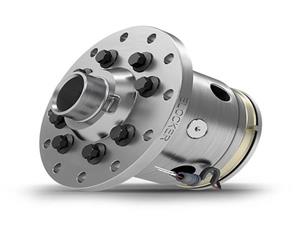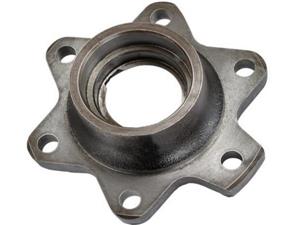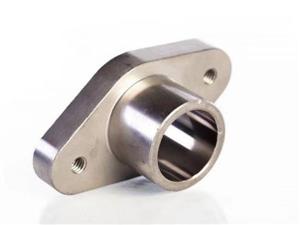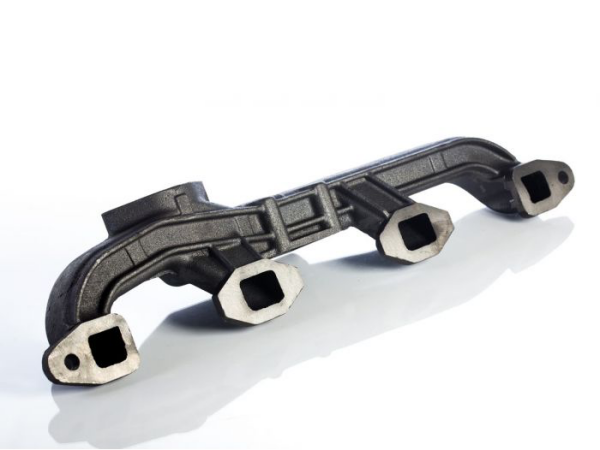Brief Introduction to the Pouring Method of Precision Casting
Precision casting is a high-precision and high-quality casting process that can be used to produce various complex shaped parts and products. In precision casting, the pouring method is one of the important factors determining product quality.
There are several common pouring methods for precision casting, including vacuum suction casting, low-pressure casting, and pressure casting.
Vacuum suction casting is a commonly used casting method for precision casting. In this process, the mold is first placed in a vacuum chamber and negative pressure is formed by extracting indoor air. Then, the molten metal material is poured into the mold. Due to the negative pressure, the metal material quickly fills the entire mold cavity and tightly fills the small voids in the mold. Finally, after the metal material cools and solidifies, precision castings can be obtained.
Low pressure casting is another common casting method for precision casting. In this process, the molten metal material is first poured into a container containing a mold. Then, by applying low pressure, the metal material gradually fills the entire mold cavity. During the filling process, low pressure can help metal materials better fill the small voids in the mold, resulting in higher quality castings.
Pressure casting is a relatively complex casting method for precision casting. In this process, the molten metal material is injected into the mold under high pressure, allowing the metal material to quickly fill the entire mold cavity. During the filling process, high pressure can effectively eliminate gases and impurities, resulting in a more uniform and high-density casting.





